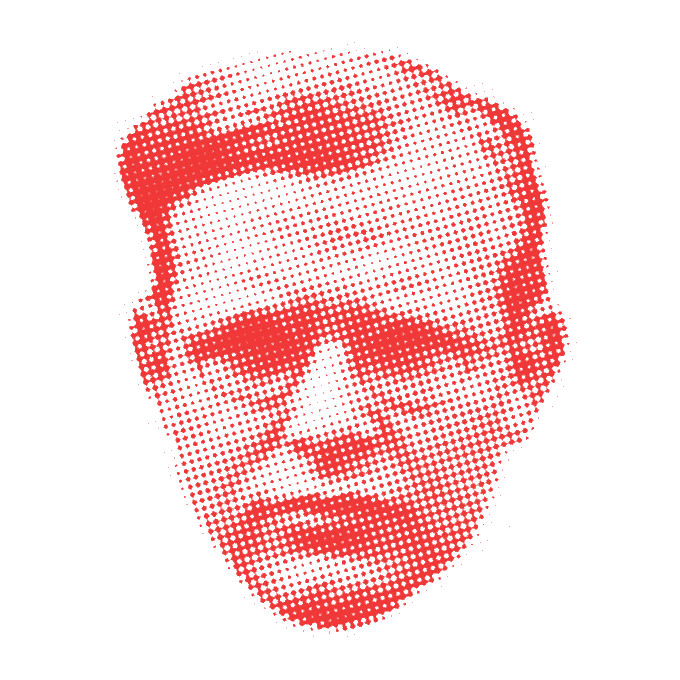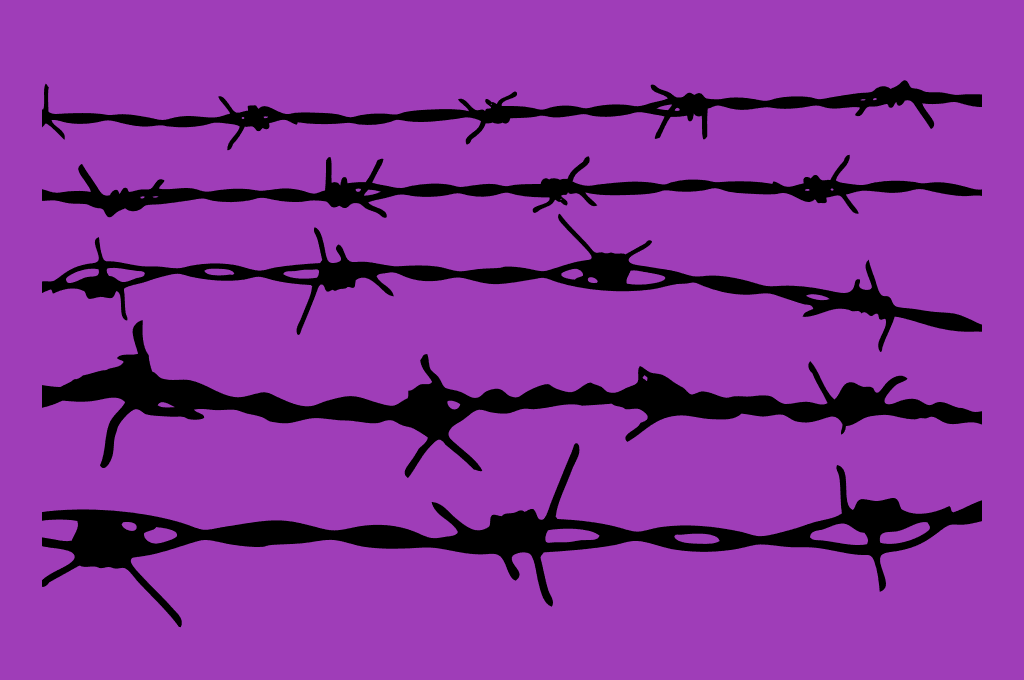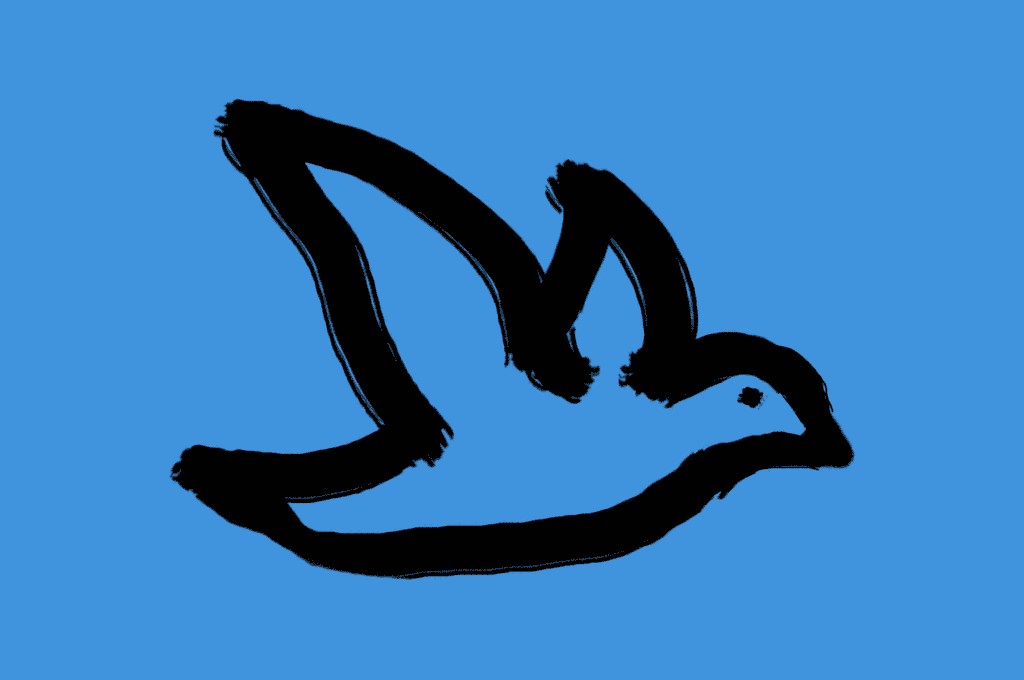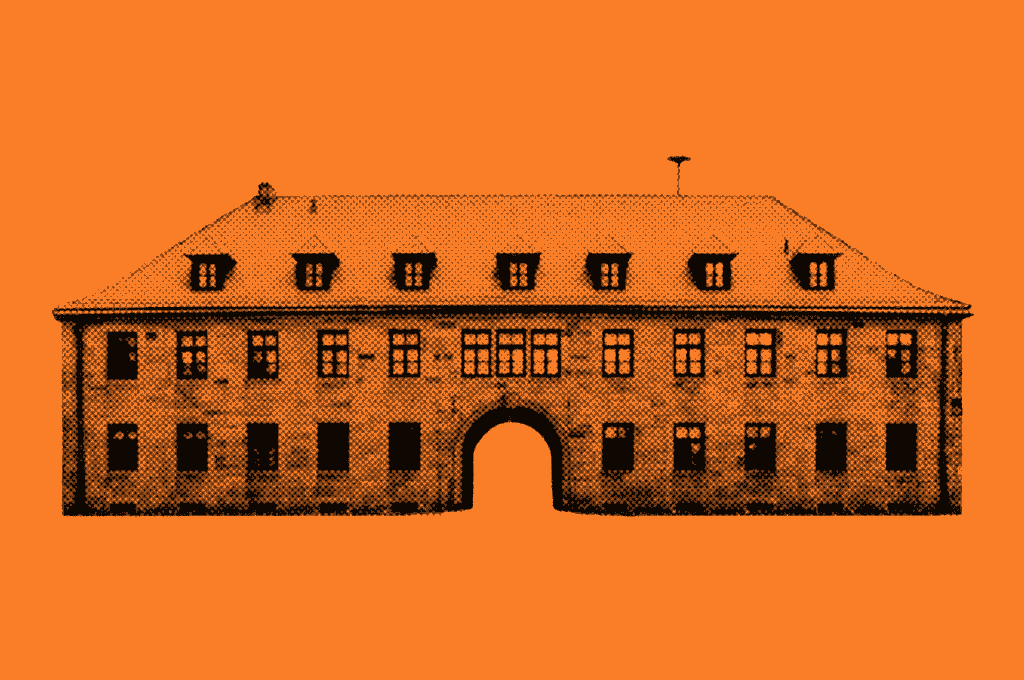The Dietrich Bonhoeffer Initiative honors the life and teachings of Pastor Dietrich Bonhoeffer. His remembrance helps to improve German-American relations.
For his resistance against the Third Reich he was executed on April 9, 1945 at the Concentration Camp Flossenbürg. From the place of his last breath, you can learn more about the life, work, and teachings of a man who remains to this day an example that people can follow.
Travel with Dietrich Bonhoeffer to London, New York, and Barcelona. See where the memory of Dietrich Bonhoeffer is alive today. Let his timeless words inspire you daily.
Daily inspiration
»One should find and love God in what God directly gives us.«
© Augsburg Fortress 2009
Dietrich Bonhoeffer
February 4, 1906 – April 9, 1945
Executed on April 9, 1945 in the Flossenbürg Concentration Camp
Dietrich Bonhoeffer and his seven siblings were raised in an educated and musical family. The two World Wars, however, destroyed the happy family life of the Bonhoeffers. A brother was killed in the first World War; Dietrich's sister Sabine and her Jewish husband fled to London during World War II; and Dietrich, his brother Klaus, and two brothers-in-law were executed as resistance members by the National Socialists.
Dietrich Bonhoeffer studied Protestant theology, obtaining his doctorate and habilitating. Before the war, Bonhoeffer worked as an assistant pastor for a German-speaking congregation in Barcelona, as a lecturer at the University of Berlin, as a student pastor, and in youth ministry.
In 1930, Dietrich Bonhoeffer received a scholarship for studying in New York, which would become for him a life-defining experience.
In 1933, the National Socialists seized power in Germany. From the beginning Dietrich Bonhoeffer criticized the totalitarian demands made by Hitler. He became involved in the Confessing Church, which refused to subordinate itself to the National Socialists. There he trained pastors and developed international contacts. After the war began in 1939, he joined the military resistance. In 1943, he was arrested by the Gestapo.
Between April 1943 and February 1945, Dietrich Bonhoeffer was imprisoned in Berlin. During this time, he wrote an entire series of sermons and poems, as well as letters to a friend, his fiancée, and his family.
»I believe that in every moment of distress God will give us as much strength to resist as we need. But it is not given to us in advance, lest we rely on ourselves and not on God alone.«
© Augsburg Fortress 2009
After two months in the Buchenwald Concentration Camp, Bonhoeffer is first brought to Regensburg. Afterwards, due to a mistake made during the chaotic last days of the war, he was transferred with a group of “special prisoners” (Sonderhäftlingen) to a schoolhouse in the town of Schönberg in the Bavarian Forest.
Dietrich Bonhoeffer was brought to the detention building of the Flossenbürg Concentration Camp on the evening of April 8, 1945, the Sunday after Easter. On the same day, in the Commander’s Headquarters of the Concentration Camp, a trial by summary court martial took place against Dietrich Bonhoeffer, Admiral Canaris, Ludwig Gehre, Hans Oster, Karl Sack, and Theodor Strünck. All were sentenced to death.
Around six in the morning on April 9, 1945 the sentenced men were taken out of their cells, led to the gallows in the detention yard, and hanged. It cannot be verified whether the corpses of the executed were burned in the crematorium or near the crematorium. The final resting place of Dietrich Bonhoeffer is in the “Valley of Death” in today’s Flossenbürg Concentration Camp Memorial.
»This is the end—for me, the beginning of life.«
For many people, working with the legacy of Dietrich Bonhoeffer remains relevant and inspirational. Artists and young people, theologians and church groups, dedicate themselves to his words and to his life. Here you can find current events and special dates across the world concerning Dietrich Bonhoeffer.
The Flossenbürg Concentration Camp was established in May 1938 during the SS reorganization of the entire concentration camp system. In the new system, the purpose of the camps was no longer only to imprison and terrorize political opponents of the Nazi regime. The SS now also aimed to profit from the exploitation of prisoner labor.
The Flossenbürg Concentration Camp Memorial is at the same time one of the oldest and one of the youngest concentration camp memorials in Europe. As early as 1946, the conversion of the burial grounds to dignified cemeteries began; yet only in 2015 was the transformation into a museum, memorial, and learning place completed.





